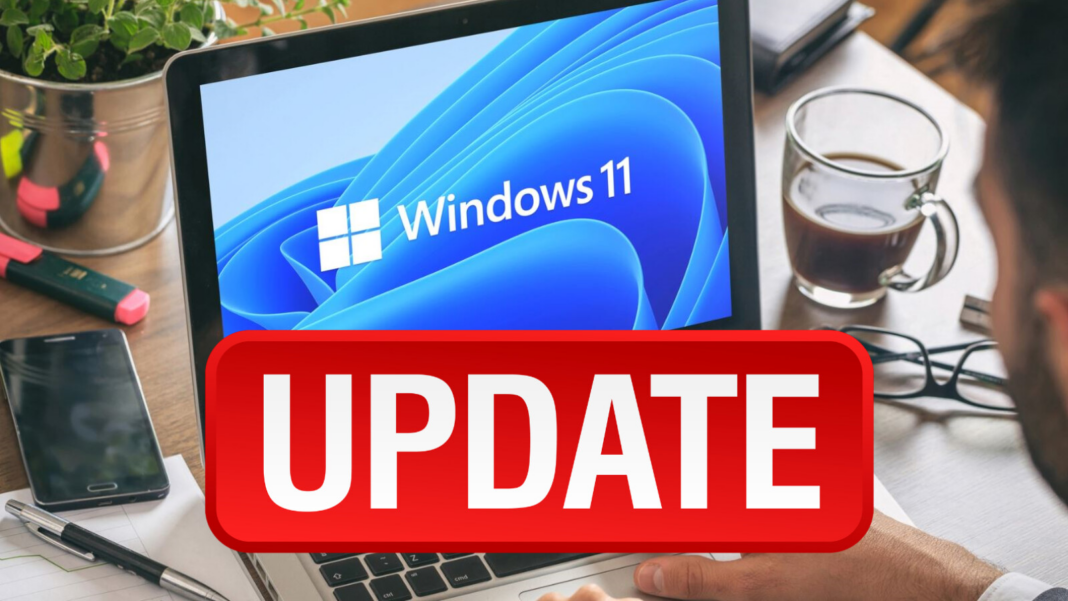Microsoft will release important updates for Windows 10 and Windows 11 in January 2025, focusing on security enhancements and bug fixes. The updates address 159 vulnerabilities, including critical ones affecting Hyper-V and Defender. Users are encouraged to install these updates promptly for better security. Automatic updates are typically enabled, but manual checks are also possible. Regular updates occur every second Tuesday of the month, ensuring ongoing support for various Windows versions while older versions are no longer supported.
Once a month, Microsoft releases significant updates for its operating systems. In January 2025, both Windows 10 and Windows 11 will receive essential yet minor changes. It’s advisable to install this update on your PC or laptop promptly, unless you have already enabled automatic updates. This update is crucial for keeping your device secure and addressing any potential vulnerabilities.
Enhancements in Windows 11
The latest update for Windows 11 may not introduce any groundbreaking features, but it does include important enhancements. The driver list has been expanded to minimize susceptibility to BYOVD attacks (Bring Your Own Vulnerable Driver), along with fixes for various security concerns.
Additionally, the servicing stack for Windows 11 has undergone quality improvements, ensuring that updates from Microsoft are delivered smoothly and reliably.
Moreover, this January update encompasses all the bug fixes that were part of the previous December update. Therefore, if you missed last month’s rollout, you will receive the complete package with this update.
Windows 10 Troubleshooting
Windows 10 will also benefit from the aforementioned quality enhancements. The January update for this operating system similarly includes all improvements from the December 2024 patch, although new features are somewhat limited.
Addressing Security Vulnerabilities
Throughout 2024, serious vulnerabilities were identified in both Windows 10 and Windows 11. The January update aims to close a total of 159 security gaps, with 11 categorized as ‘critical’. According to cybersecurity experts, this represents the most extensive patch day since 2017.
Among the critical vulnerabilities, five are already known, and three are actively exploited. Windows Hyper-V is one area affected, which could allow unauthorized escalation of user privileges, enabling hackers to execute harmful code on your system.
Additional vulnerabilities have been identified in Defender, BitLocker, .Net, Windows Recovery Environment Agent, the Windows registry, and File Explorer. The update also addresses security gaps in the kernel, Remote Desktop client, and numerous vulnerabilities in Office applications.
To safeguard yourself against potential cyber threats, it is essential to install these security updates without delay.
As usual, Microsoft notes that updates may roll out at different times for various Windows devices. This staggered approach means it might take a while before you notice the updates on your system.
If you are uncertain about which version of Windows you are running, you can easily find out your Windows version and build number.
Installing the Updates
For users of Windows 10 or Windows 11, updates are generally downloaded and installed automatically, provided you have not disabled or paused this feature. They will be applied during the next system restart.
If you prefer to manually check for updates, you can follow the linked guide to learn how to install Windows updates on your own.
Windows Patch Day: Supported Versions
Windows 10 Home and Pro editions receive 18 months of support from the release date of a new major version, while Enterprise and Education versions benefit from 30 months of support. This ensures that users continue to receive critical security updates. However, transitioning to Windows 10 in a timely manner is advisable, with the option to upgrade to Windows 11 as well.
Windows 8.1 has not been supported since January 10, 2023, and Windows 7 support ended in January 2020. The same applies to Windows 10 version 2004, which ceased receiving updates after the December 2021 patch. Similarly, Windows 11 version 21H2 reached its end of life with the patch on October 10, 2023.
The easiest way to install a system update is through the Windows Update function. Navigate through ‘Start’ > ‘Settings’ > ‘Update and Security’ > ‘Windows Update’ > ‘Check for updates’. Keep in mind that Microsoft rolls out updates in waves, so you may receive your update at a later time.
Upcoming Microsoft Patch Day Dates for 2025
Every second Tuesday of the month, Microsoft releases security updates for Windows and its applications. Below are the planned dates for 2025:
Be aware that updates are typically distributed late in the evening in Germany due to time zone differences. In instances of urgent updates, the schedule may vary. Additionally, any pending updates will include the previous updates if they have not yet been installed, and security updates will be available until the end of the month.
Managing Windows Updates
If a Windows update installation is inconvenient, you have the option to pause or cancel it. You can find guidance on how to stop an ongoing update in the linked guide. If an update has already been installed and is causing issues, rolling back that update may help.
It’s important to monitor the download process, as it can interfere with gaming or streaming. However, you can adjust the download speed with just a few clicks. For more tips and tricks, check out the linked guides for Windows 10.
